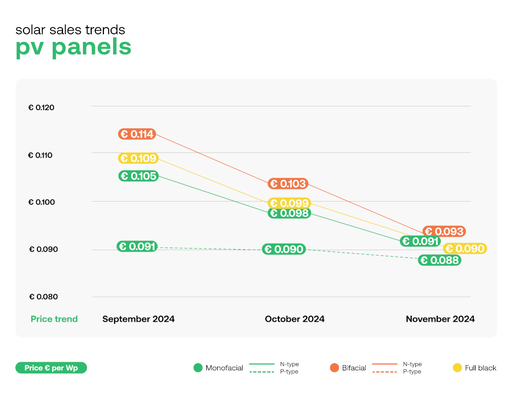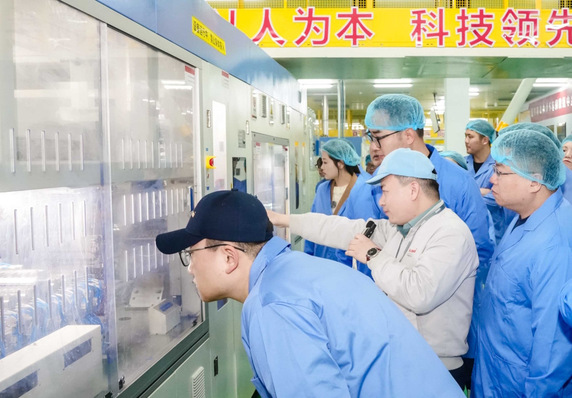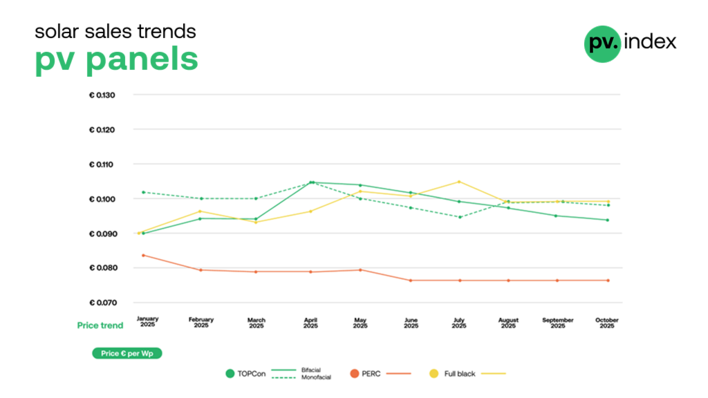UbiQD, a New Mexico-based nanotechnology company, announced that it has entered into a joint development agreement, with First Solar to further collaborate on developing the potential to incorporate fluorescent quantum dot technology in advanced solar modules. The two companies have been conducting exploratory work since early 2022, and the initial results have supported the more formalized joint-development effort announced today.
Did you miss that? 2-in-1 thin-film perovskite PV for higher performance
Quantum dots (QDs) are semiconductor nanoparticles that exhibit high efficiency photoluminescence over a wide range of tunable colors, making them effective at optimizing light spectra. UbiQD has launched several greenhouse products under its UbiGro brand that adjust the spectrum of sunlight to enhance crop growth. Now, the company is engineering these materials for potential applications in utility-scale solar with the aim of significantly increasing the efficiency of current PV technologies.
Next generation of photovoltaics
“As we work towards developing the next generation of photovoltaics, we are exploring a range of enhancements that could allow us to convert more sunlight into energy,” said Markus Gloeckler, chief technology officer, First Solar. “We are interested in the potential use of quantum dots in optimizing the absorption of light and look forward to continuing our work with UbiQD on exploring this possibility.”
Also interesting: New series of solar modules featuring heterojunction technology
“With First Solar’s domain expertise and leadership position in multi-gigawatt-scale solar, we are excited to be working together on the potential to enhance panel efficiency using quantum dot technology“, added Hunter McDaniel, UbiQD CEO. “If successful, this application in solar modules could be a perfect example of the broad applicability of our core technology. With emerging applications in food and energy, these novel nanomaterials are proving to be a key tool in humanity’s urgent response to climate change and further sustainable economic development.” (hcn)









